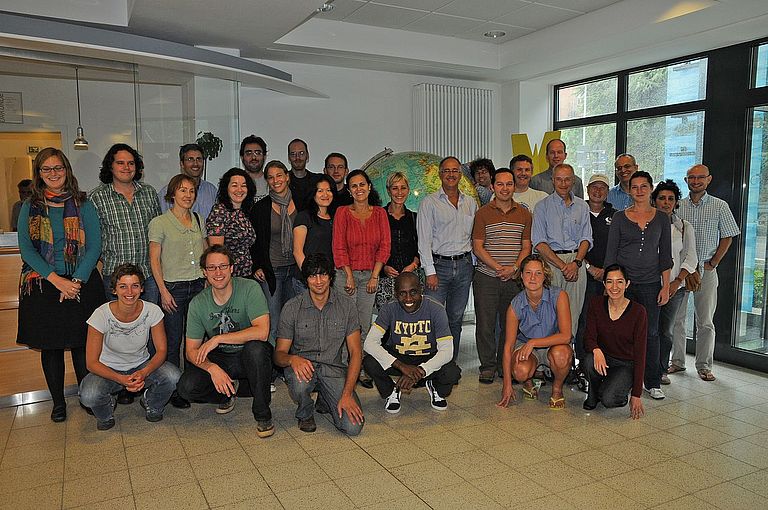Salt for the Soup: Trace metals in the Ocean
August 16, 2010/Kiel. Sea water not only contains salt but also different trace metals in small concentrations. These trace metals are very important for the growth of different life forms in the ocean. During a two-day meeting (August 16-17) at the Leibniz Institute of Marine Sciences (IFM-GEOMAR) in Kiel, Germany 30 experts from 14 countries discuss progress in measurement techniques and actual research results.
Only a few people would imagine a relationship between sea water and cobalt, iron or copper. Nevertheless sea water contains all these metals in small concentrations. In the ocean they play a very important role for the growth of marine organisms. The cobalt concentration in sea water is very low, with typical values of 30-70 picomolar in seawater (1 picomolar is 1 x 10-12 moles per kg of seawater, for comparison, sodium is present in seawater at 0.47 molar or nearly 5 x1011 times more than Cobalt).
“To measure such very low concentrations of trace metals in sea water is a special challenge”, explains Dr. Peter Croot from IFM-GEOMAR. Therefore measurements techniques and analytical methods are being steadily improved.
Nevertheless these trace metals in very low concenrtation are essential, for instance a small fraction of the Cobalt in seawater is found as the essential vitamin B12, an example of a metal-organic complex, which is required for growth by many plants and animals.
Many of these metal-organic complexes are presently unknown to science and their concentrations and properties can only be assessed via comparison of their reactivity with other known complexes. Such information however is important for understanding how these elements are taken up by oceanic organisms and ultimately how they influence the biogeochemical cycling of these elements in the ocean. “Unlocking the chemical secrets contained in seawater will take some time but meetings like this one will help this process along”, says Peter Croot.
Background
This is a joint meeting funded by the European Union through two separate EU COST Actions: 735 (Tools for Assessing Global Air-Sea Fluxes of Climate and Air Pollution Relevant Gases) and 801 (The ocean chemistry of bioactive trace elements and paleoclimate proxies). This meeting has also been actively supported by two large international research programs: SOLAS and GEOTRACES. IFM-GEOMAR scientists are actively involved in both international programs; IFM-GEOMAR researchers have taken part in 3 GEOTRACES related cruises, all in part supported by funding from the DFG. The BMBF Verbundsprojekt SOPRAN is the German contribution to SOLAS. The current chair of international SOLAS is Prof. Douglas Wallace of the Chemical Oceanography department at IFM-GEOMAR. The SOLAS International Project Office (IPO) is currently based at the IFM-GEOMAR in Kiel and helped to coordinate this meeting.
Contact:
Dr. Andreas Villwock (Communication & Media), Tel. +49 431 600 2802,
avillwock@geomar.de




